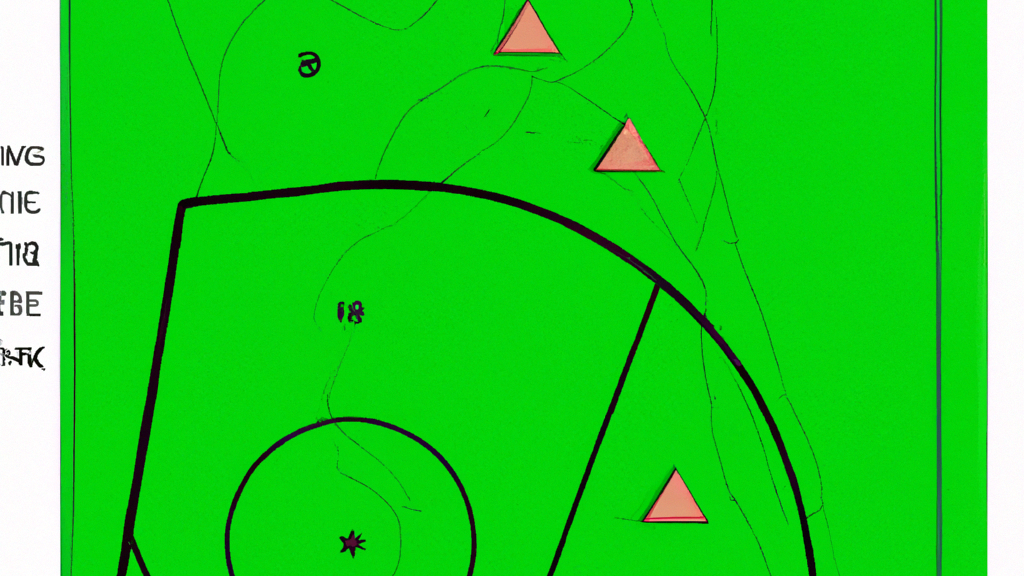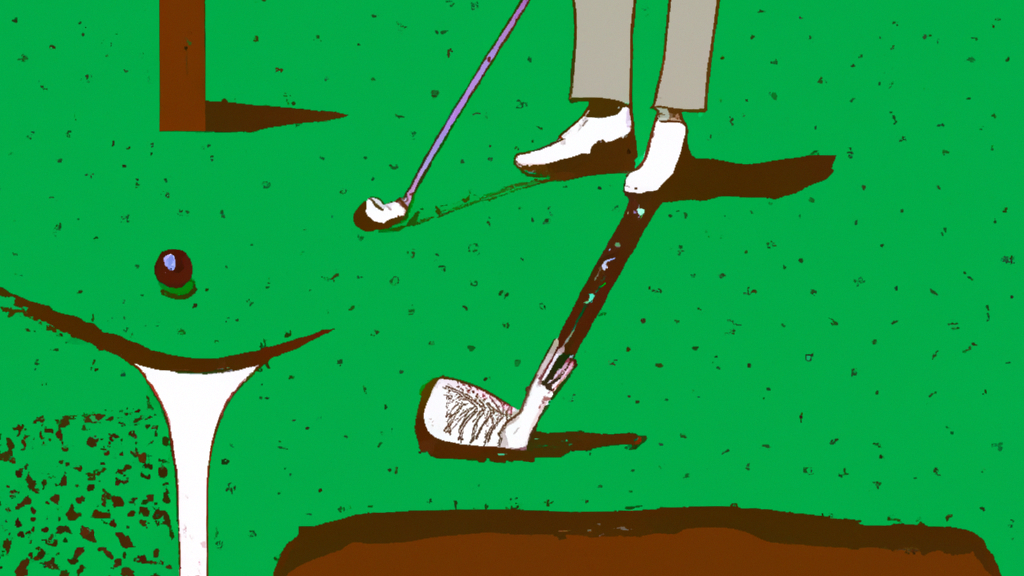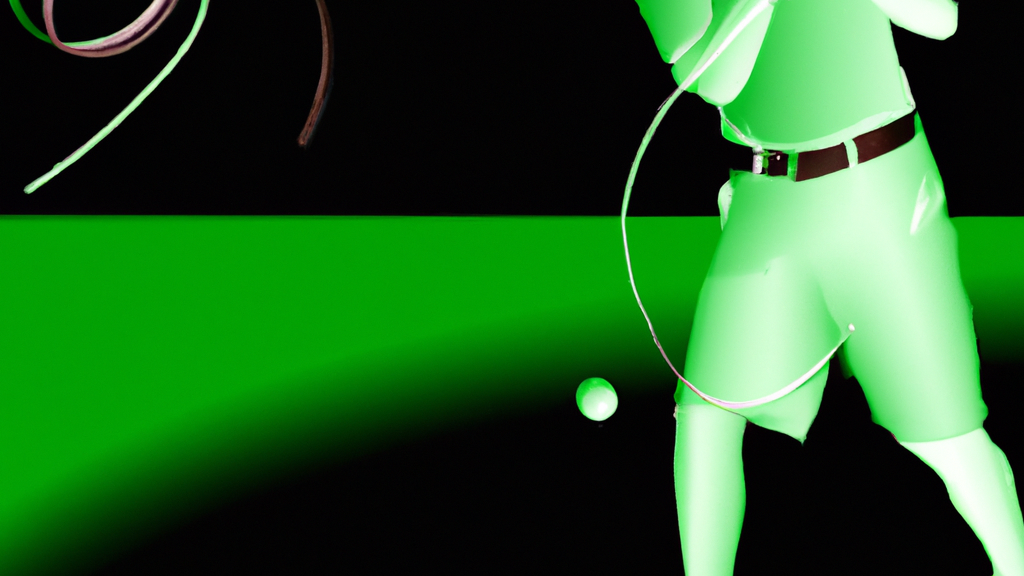HOW TO MANAGE SHADE ON YOUR GOLF COURSE
Golf courses are known for their lush greenery and pristine landscapes, but what happens when shade becomes a problem? Shade can be a double-edged sword on a golf course. While it provides relief from the scorching sun, it can also cause problems for the grass and affect the overall playability of the course. As a golf course manager or superintendent, it’s essential to know how to manage shade effectively. In this blog post, we’ll explore the best practices for managing shade on your golf course, including identifying shade patterns, selecting the right grass types, and implementing proper maintenance techniques.
Whether you’re a seasoned golf course professional or a beginner, this guide will provide you with the knowledge and tools you need to keep your course in top condition. So, let’s dive in and learn how to manage shade on your golf course!

Golf Course Shade Management: Tips and Tricks
Golf courses are known for their lush greenery and well-manicured lawns. However, one of the biggest challenges that golf course managers face is managing shade. Shade can be a double-edged sword for golf courses. While it provides relief from the scorching sun, it can also cause damage to the turf and affect the playability of the course. In this article, we will discuss how to manage shade on your golf course.
1. Identify the Shade Patterns
The first step in managing shade on your golf course is to identify the shade patterns. This will help you determine which areas of the course are affected by shade and at what times of the day. You can use a sun path diagram or a shade analysis tool to map out the shade patterns on your course.
Once you have identified the shade patterns, you can use this information to plan your maintenance activities. For example, you can schedule your mowing and irrigation activities in a way that maximizes the amount of sunlight that reaches the turf.
2. Choose the Right Grass Species
The type of grass species you choose for your golf course can also affect how well it tolerates shade. Some grass species are more shade-tolerant than others. For example, fine fescue and creeping bentgrass are known for their shade tolerance.
When selecting grass species for your golf course, consider the amount of shade that each area of the course receives. If an area of the course receives a lot of shade, choose a grass species that is known for its shade tolerance.
3. Prune Trees and Shrubs
Trees and shrubs can provide shade on your golf course, but they can also cause problems if they are not properly maintained. Overgrown trees and shrubs can block sunlight and prevent air circulation, which can lead to turf damage and disease.
To manage shade on your golf course, it is important to prune trees and shrubs regularly. This will help to maintain the health of the trees and shrubs, while also allowing more sunlight to reach the turf.
4. Use Shade Cloth
Shade cloth is a cost-effective way to manage shade on your golf course. Shade cloth is a woven material that can be placed over areas of the course that receive too much shade. It can be used to create temporary shade structures or to cover areas of the course that are affected by shade.
Shade cloth comes in a variety of colors and densities, so you can choose the right shade cloth for your specific needs. For example, if you want to create a temporary shade structure for a tournament, you can use a denser shade cloth. If you want to cover an area of the course that is affected by shade, you can use a lighter shade cloth.
5. Use Fertilizers and Soil Amendments
Fertilizers and soil amendments can also help to manage shade on your golf course. Shade can cause turf to become thin and weak, which can make it more susceptible to disease and pests. Fertilizers and soil amendments can help to strengthen the turf and improve its overall health.
When selecting fertilizers and soil amendments, choose products that are specifically designed for shade-tolerant grass species. These products will contain the nutrients and minerals that are needed to promote healthy turf growth in shaded areas.
6. Adjust Irrigation
Irrigation is an important part of managing shade on your golf course. Shade can cause areas of the course to become damp and humid, which can lead to disease and pest problems. Adjusting your irrigation schedule can help to prevent these problems.
When irrigating shaded areas of the course, it is important to use a lower volume of water. This will help to prevent the turf from becoming too damp and humid. You can also adjust the timing of your irrigation to coincide with periods of sunlight, which will help to dry out the turf and prevent disease and pest problems.
7. Consider Artificial Turf
If you have areas of your golf course that receive too much shade, you may want to consider using artificial turf. Artificial turf is a low-maintenance alternative to natural turf that can be used in shaded areas of the course.
Artificial turf is made from synthetic materials that are designed to look and feel like natural grass. It requires no mowing, watering, or fertilizing, which makes it a cost-effective solution for managing shade on your golf course.
Conclusion
Managing shade on your golf course is a challenge, but it is also an important part of maintaining the health and playability of your course. By identifying shade patterns, choosing the right grass species, pruning trees and shrubs, using shade cloth, using fertilizers and soil amendments, adjusting irrigation, and considering artificial turf, you can effectively manage shade on your golf course. With these tips, you can ensure that your golf course remains lush and green, even in the shade.

- Shade versus turfgrass: a no-win situation? (Research) – Golf …
Trees, or more specifically, the shade that trees create, pose a significant management problem for golf courses almost everywhere throughout the world. - Course Care: Made In The Shade?
Jan 10, 2012 … A “before the fact” or “proactive” shade management program is desired … This article will help golf courses assess shade levels on their … - JC Golf | California Premier Golf | Official Site
In Southern California, JC Golf is the top golf management company with 11 masterfully designed, perfectly maintained, and sun-drenched public golf courses. - Shades of Green: Home
Shades of Green originally opened as a Disney-owned resort known as the Golf Resort in December 1973 with 151 rooms. The Golf Resort was located in the … - Velvet vs. creeping: Managing bentgrasses in shade – GCMOnline …
Thanks to a resurgence of velvet bentgrass research in the 1990s and beyond, we now know much more about its proper management in modern golf turf situations (2) … - 5 Golf Courses to Shade Your Summer Play
Jul 6, 2016 … Tips on how to manage the summer heat and still enjoy links in Greater Palm Springs · Marriott’s Shadow Ridge Golf Club 9002 Shadow Ridge Road - Understanding, assessing, and managing sports turf shade issues …
Jun 14, 2016 … When it comes to managing turfgrass in shade, an understanding of the … golf courses, athletic fields, and home lawns to name a few. Shade … - Rancho Bernardo Inn Golf
Click here to learn more about our finest private golf courses and … part of JC Golf, one of Southern California’s top Golf Course Management companies. - Shade doesn’t dim appeal of zoysiagrass on greens – GCMOnline.com
As golf course superintendents in the transition zone considered or implemented changing from bentgrass to bermudagrass to improve heat tolerance, the drawbacks … - Shade Mountain Golf Course – Up To 45% Off – Middleburg, PA …
Image 1: Up to 45% Off Round of Golf at Shade Mountain Golf Course … Review requests are sent by email to customers who purchased the deal.
Fascinating facts about How to Manage Shade on Your Golf Course you never knew
- The first recorded game of golf was played in Scotland in the 15th century.
- Golf balls were originally made out of wood until the mid-1800s when they began to be made from rubber.
- The Masters Tournament, one of golf’s four major championships, has been held annually at Augusta National Golf Club since 1934.
- Professional golfer Tiger Woods has won a total of 82 PGA Tour events, tying him with Sam Snead for the most wins in history.
- The longest hole on any professional golf course is the seventh hole at Satsuki Golf Club in Japan, measuring a whopping 964 yards!
- In addition to physical skill and technique, mental toughness is also crucial for success on the golf course.
- Many famous celebrities are avid golfers including Justin Timberlake, Bill Murray and Samuel L Jackson





